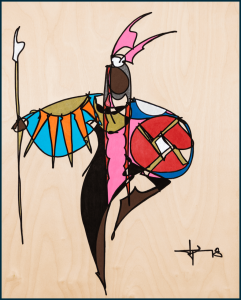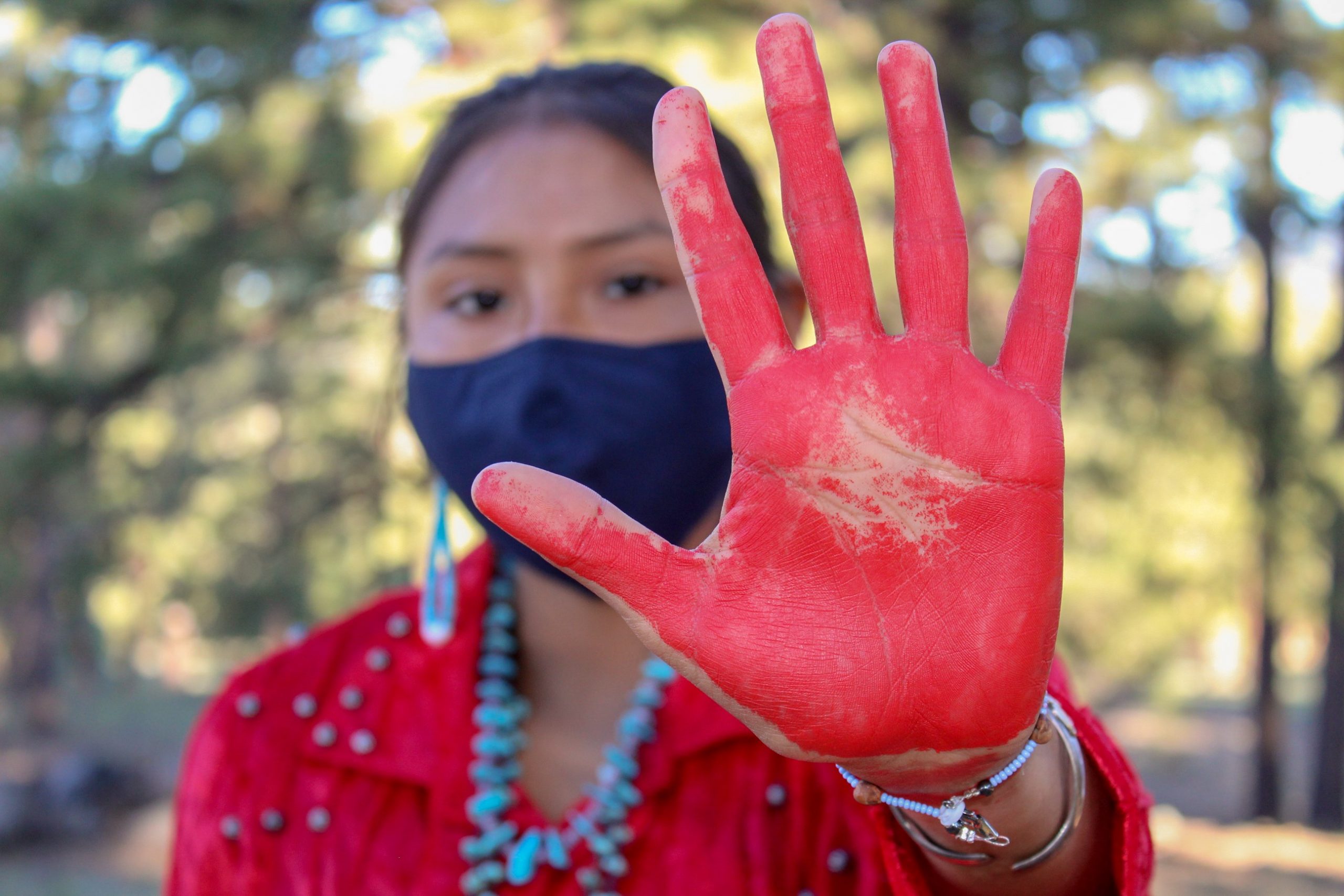The Missing and Murdered Indigenous Persons Awareness Day events of May 5 will come in many forms — documentary premieres, educational symposiums, marches, and more — but all will share a singular goal: To spotlight the disproportionately high number of missing or murdered Indigenous women and girls while promoting resolution, collaboration, accountability, and prevention.
“The Missing and Murdered Indigenous Peoples crisis is centuries in the making,” said U.S. Secretary of the Interior Deb Haaland, a member of the Pueblo of Laguna and 35th generation New Mexican. “It will take a focused effort and time to unravel the many threads that contribute to the alarming rates of these cases, but I believe we are at an inflection point. We have a President and a government that is prioritizing this. And we can’t turn back.”
In early 2021, Haaland became the first Native woman appointed to a cabinet position. Soon afterward, the U.S. Department of Justice created its Missing and Murdered Indigenous Women (MMIW) Task Force as part of Operation Lady Justice, formed in 2019 to fight the abduction, homicide, violence, and trafficking of Indigenous women.

The MMIW Task Force now has U.S. and Tribal law enforcement and government officials working to strengthen social service organization responses, improve data collection/reporting, and address factors exacerbating the crisis, including sexual and domestic violence, human trafficking, economic disparities, and substance abuse.
Ingrid Cumberlidge, Missing and Murdered Indigenous Persons (MMIP) Coordinator at the U.S. Attorney’s Office for the District of Alaska, spoke at the 2022 AMBER Alert and AMBER Alert in Indian Country National Symposium March 29-30, 2022. The annual event was delivered by the AMBER Alert Training and Technical Assistance Program, a U.S. Department of Justice initiative, and the National Criminal Justice Training Center of Fox Valley Technical College. Cumberlidge, a former educator and Tribal court judge of Aleut and Tlingit heritage, shared several unsettling trends during her presentation:
- Native women living on Tribal lands are murdered at up to 10 times the national average, according to DOJ-funded research. “Because of jurisdictional challenges, the disappearances can be hard to track and prosecute, so it’s difficult to know exactly how bad the problem is,” she said.
- Homicide is the third leading cause of death for Indigenous women, and those under age 35 have a higher murder risk than any other demographic in the nation.
- A study by the Urban Indian Health Institute recorded 5,712 reports of missing American Indian and Alaska Native women and girls in 2016, while the DOJ’s Missing Persons database logged only 116 cases.
- “There is an urgent need to diagnose the symptoms of the problem and develop sustainable protocols,” Cumberlidge said. “We have to find long-term resolutions that Tribal communities need and deserve.”

